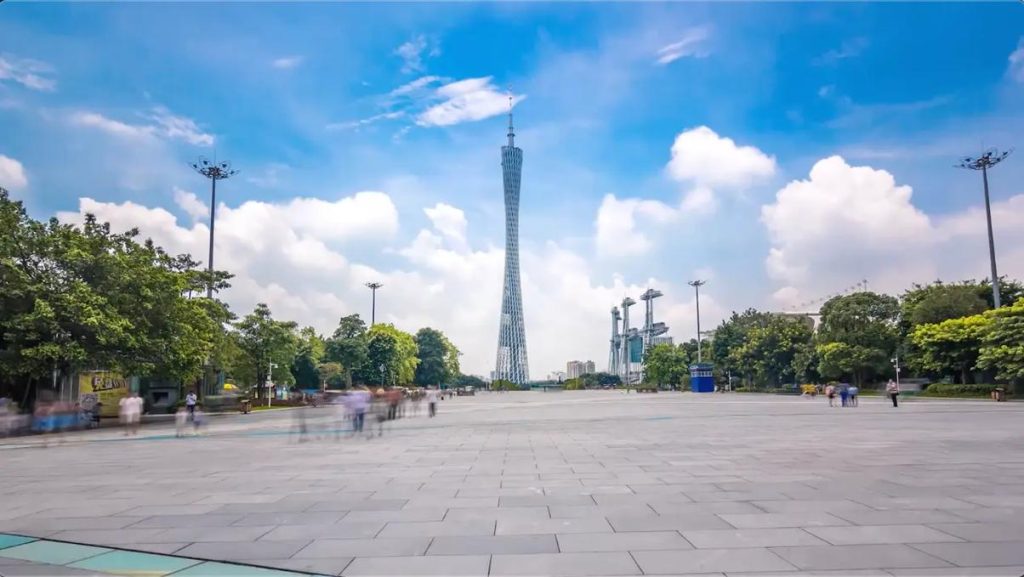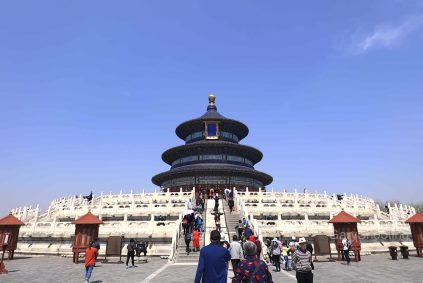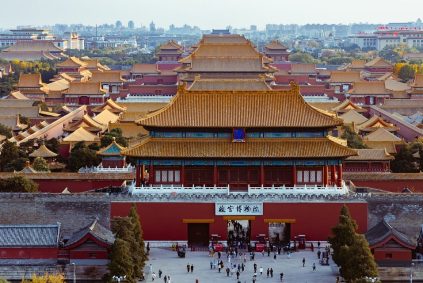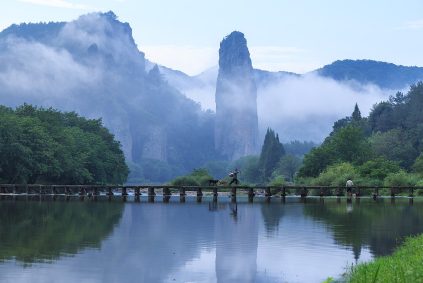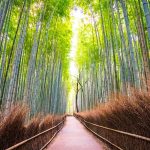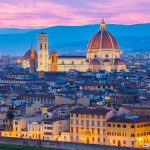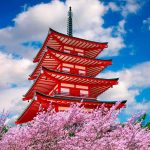Historical Roots and Evolution of Guangzhou Hui Su (Plaster Carving)
Guangzhou Hui Su, also known as “Hui Pi” (plaster batching), is a traditional folk art deeply rooted in the Lingnan region of Guangdong Province, Cina. Its history can be traced back to the Tang Dynasty, with the earliest documented evidence found in the Zengcheng Zhengguo Temple, built in 1197 during the Southern Song Dynasty, which features a plaster-carved “dragon boat ridge.” This art form flourished during the Ming and Qing dynasties, becoming an integral part of architectural decoration in ancestral halls, temples, and wealthy residences across Guangzhou and its surrounding areas, including Zengcheng and Conghua.
The development of Hui Su was closely tied to Guangzhou’s role as a major port on the Maritime Silk Road. The influx of hardwoods like rosewood and padauk from Southeast Asia provided artisans with high-quality materials, while the city’s humid subtropical climate necessitated durable, weather-resistant decorations. Unlike ceramic or wooden sculptures, Hui Su does not require firing, allowing for on-site construction and adaptability to complex architectural structures. This flexibility, combined with its resistance to acid, alkali, and temperature changes, made it ideal for Guangzhou’s tropical environment.
Cultural Symbolism and Artistic Characteristics
Thematic Diversity and Storytelling
Guangzhou Hui Su is renowned for its rich thematic repertoire, which includes mythological tales, historical narratives, and everyday life scenes. For instance, the Chen Clan Ancestral Hall, a masterpiece of Lingnan architecture, showcases Hui Su works depicting stories from Romance of the Three Kingdoms E Water Margin, as well as scenes of scholars and immortals. These multi-panel compositions often convey moral lessons or celebrate virtues like loyalty and filial piety, aligning with the educational function of ancestral halls.
Symbolic Imagery and Auspicious Motifs
Hui Su artists frequently employ homophonic and symbolic imagery to express blessings. The bat, pronounced “fu” in Chinese, symbolizes happiness, while the peach represents longevity. Combinations like five bats surrounding the Chinese character for “shou” (longevity) convey “Five Blessings Surrounding Longevity.” Other common motifs include lions (symbolizing power), pine trees (endurance), and peonies (prosperity), all rendered with exaggerated forms to enhance visual appeal.
Integration of Painting and Sculpture
Hui Su is a hybrid art form that merges three-dimensional sculpture with two-dimensional painting. Artisans use tools like “hui chi” (plaster trowels) to shape layers of lime-based plaster, starting with a coarse “cao gen hui” (straw-root plaster) for structure, followed by finer “zhi jin hui” (paper-pulp plaster) for smoothness, and finally “se hui” (colored plaster) for detailing. The final step involves painting with natural pigments derived from minerals and plants, creating vibrant hues that resist fading.
Craftsmanship and Techniques
Material Preparation and Structural Design
The creation of Hui Su begins with the preparation of plaster, which involves mixing lime with water, rice straw, and glutinous rice paste, then fermenting the mixture for weeks to enhance durability. Artisans construct a skeletal framework using bamboo nails, iron wires, and copper strips to support the plaster layers. This framework must account for the weight distribution and curvature of the architectural surface, ensuring stability and longevity.
Layered Construction and Detail Carving
The sculpting process proceeds in stages, with each layer of plaster applied and carved sequentially. Artisans pay close attention to environmental factors like humidity and temperature, as these affect the drying time and plasticity of the plaster. Techniques such as “tong diao” (through-carving) create semi-transparent effects, allowing light to filter through and casting intricate shadows. This method is often used in lattice windows and decorative screens, adding a dynamic interplay of light and space to buildings.
Preservation and Adaptation
Despite its historical significance, Hui Su faced decline during the late Qing Dynasty and the Cultural Revolution, when many works were destroyed. Tuttavia, recent efforts by the Chinese government and cultural organizations have revived interest in this art form. Initiatives include the establishment of the Guangzhou Hui Su Cultural Development Co., Ltd., which promotes research and education, and the designation of Hui Su as a national intangible cultural heritage in 2008. Modern artisans are also exploring innovative applications, such as incorporating Hui Su into contemporary interior design and public art installations, ensuring its relevance in the 21st century.

